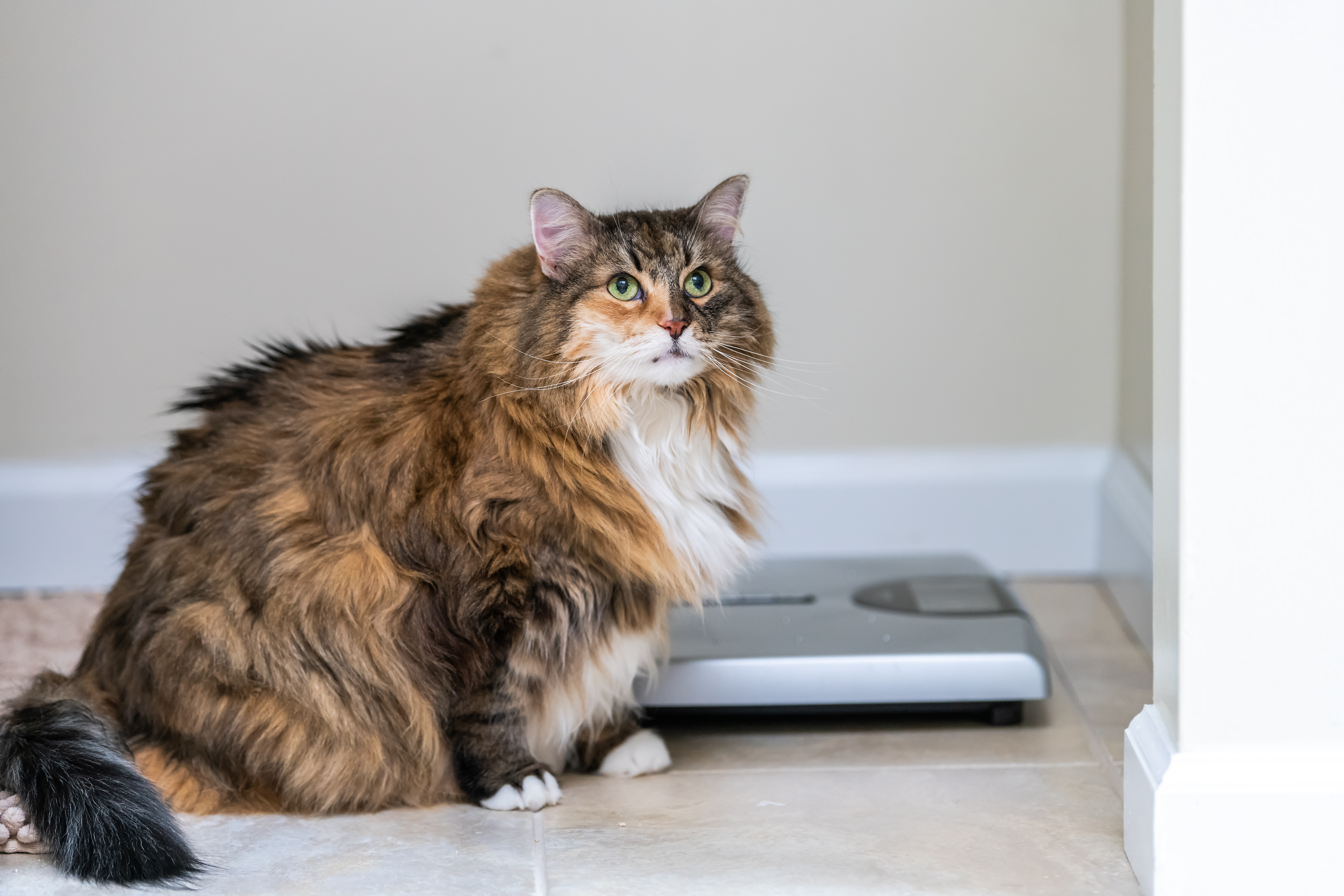Fatty Liver Disease in Cats 101
Although cats have earned a reputation of being picky eaters, if your cat is dismissing its food, don’t ignore it. Avoidance of food is one of the many first signs of the common sickness that cats experience called hepatic lipidosis, more commonly known as fatty liver disease (FLD).
With September being Happy Cat Month, you want to ensure your cat is feeling happy and purrrrfectly healthy (pun intended). Below is everything you need to know about feline hepatic lipidosis symptoms, treatment, and more!
How do cats get fatty liver disease?
The chances of hepatic lipidosis occurring are greater if the cat was once overweight or obese. It’s very common for cats to experience fatty liver disease (FLD) if they have gone through a three to four-day time period of anorexia (meaning little to no eating). The chances of FLD are even greater if the cat was overweight before the anorexia began.
Essentially, what happens is when there aren’t calories coming in to support the body’s functions, the body rapidly breaks down fat to use it for an energy source. The cat’s liver becomes overwhelmed and rather than processing it properly, the fat stores itself in and around liver cells, which compromises the natural function of the cat’s liver.
There are easy identifiers to spot if the cat has FLD. One of the first things to look for is yellow in the white areas of the eyes and/or skin. Other feline hepatic lipidosis symptoms include weight loss, vomiting, diarrhea, constipation, muscle wasting, depression, drooling, and downward bending of head and neck. To see if your cat has this illness, blood tests will be taken to identify if the liver is functioning normally or not. Your vet may recommend an ultrasound be done to help evaluate your cat’s liver. Samples of the liver tissue, called aspirates, can be obtained during the ultrasound which help to give your vet more information about the liver’s health. However, in some cases, veterinarians may be able to presume a diagnosis of FLD without liver tissue aspirates.
How to treat and recover?
Feline hepatic lipidosis treatment consists of aggressive nutritional support until the cat begins to form a normal appetite again. Typically, the cat fatty liver disease recovery process is about six to seven weeks, so it’s important that the owners are consistent and aware of their feeding methods and schedules for the cat. Along with strong nutritional support, many cats are also treated with medications and if hospitalized, an IV for fluids and/or a feeding tube may be surgically implanted to help physically feed the cat and provide the nutrients they need to get healthy.
Although the disease can be life-threatening if the cat receives treatment immediately the survival rate of fatty liver disease is promising. According to Cat Watch, 85 percent of cats who survive the first 96 hours of feline hepatic lipidosis treatment will go on to a full recovery. However, with that being said, FLD is also commonly known as secondary to many underlying health conditions so it’s important to explore further testing to ensure your cat is completely healthy.
How to prevent fatty liver disease?
Because the disease is stimulated by a cat being overweight and then having a lack of food, it’s important to maintain control of your cat’s food consumption. Regulating how much they are eating will help prevent the infection from taking over the cat’s liver. Therefore, if you plan to travel or be away from your home for multiple days, task a nearby friend or family member to check in on your cat to ensure normal eating habits continue while you’re gone.
Now that you know what the disease is and how to spot feline hepatic lipidosis symptoms, be sure to immediately visit the nearest AZPetVet location if you begin to see signs of infection. To find a hospital near you, visit our website at AZPetVet.com
DISCLAIMER – Not intended to be a substitute for professional veterinarian advice, diagnosis, or treatment. Always seek the advice of your veterinarian with any questions you may have regarding the medical condition of your pet. If you think your pet has a medical emergency, call or visit your veterinarian or your local veterinary emergency hospital immediately.


